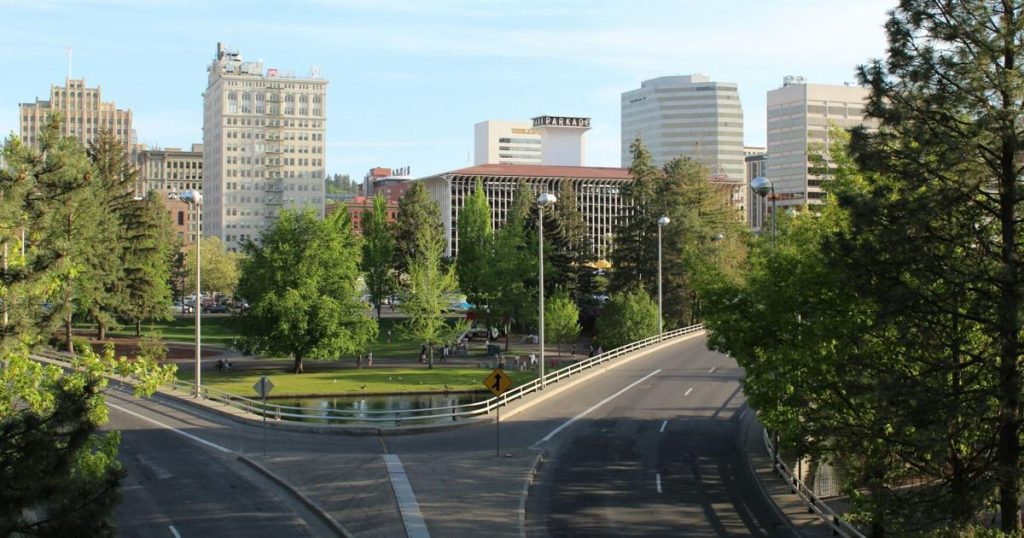(The Center Square) – As Spokane County continues to rebuild from the 2023 wildfires, meteorologists warn it could face temperatures exceeding the historical average by more than 3 degrees Fahrenheit this summer.
AccuWeather Lead Long-Range Expert Paul Pastelok says the time to prepare is now. A recent forecast shows the heat impacting 14 states this summer, with the demand for electricity exceeding the historical average in 33 states, and he said Spokane could face the worst of all.
Parts of the county are still rebuilding from the 2023 Gray and Oregon Road fires, and this next wave won’t help. If the prediction holds true, expanding droughts could exacerbate the upcoming wildfire season and diminish harvests across the west and Rocky Mountain regions.
“Seattle and Portland could experience some hot stretches, but places like Spokane, Boise and Billings will likely see the most intense scorching heat,” Pastelok wrote in a news release.
The city of Spokane published a report in January indicating that its average annual temperature has increased by 2 degrees since 1950. Peaks recorded in August have increased by 3.6 degrees since 1979, and the report suggests they could rise by another 11 degrees by 2099.
The National Weather Service also forecasts higher-than-normal temperatures from June through August 2025. Spokane isn’t in a drought yet, but national data shows that over 3.3 million people in Washington state live in areas currently under a drought, over 40% of the population.
The state declared a drought emergency in the Yakima region last month for the third year in a row. According to the announcement, the region generates over $4.5 billion annually from its agricultural economy, producing most of the nation’s hops, apples and cherries.
“The time for miracles has passed,” Casey Sixkiller, director of the Washington State Department of Ecology, said in April. “We hoped we’d recover this winter from the compounding deficits of back-to-back droughts. But we’ve simply run out of time for Yakima and nearby areas.”
According to an Ecology news release, the Yakima-area reservoir was at 59% of the typical water supply for this time of year. The state declares a drought when it falls below 75%, but 70% alone could affect over 6,000 jobs and result in losses of up to $424 million in the regional economy.
Pastelok said it’s time to dust off the air conditioner, but residents should expect higher electrical bills due to demand. According to the University of Washington and Gonzaga University, more than 400 people died from a week-long heat wave in 2021, with at least 19 in Spokane County.
The city of Spokane codified the right to air conditioning for renters in response to the deaths last June.
“Air conditioning is no longer just a luxury across much of the western and central U.S.; it’s a necessity,” Pastelok wrote in the release. “Power outages in triple-digit heat can quickly lead to a life-threatening situation. Extreme heat is the deadliest weather hazard in the U.S.”
National data shows Spokane County is already 22% abnormally dry — a precursor for what may come as an expanding drought makes its way from Montana into the Inland Northwest.


